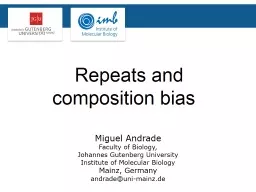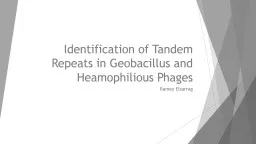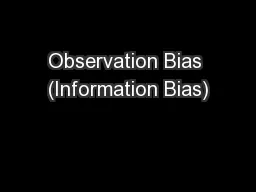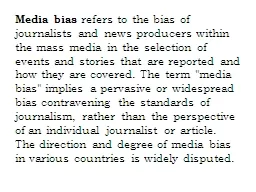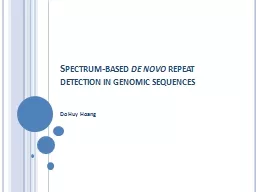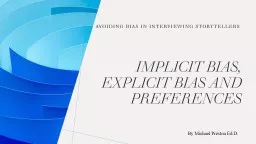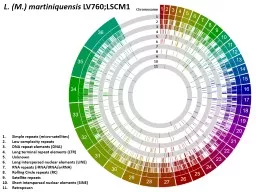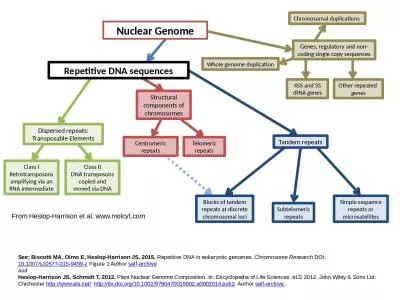PPT-Repeats and composition bias
Author : lois-ondreau | Published Date : 2017-06-08
Miguel Andrade Faculty of Biology Johannes Gutenberg University Institute of Molecular Biology Mainz Germany a ndradeunimainzde Repeats Frequency 14 proteins
Presentation Embed Code
Download Presentation
Download Presentation The PPT/PDF document "Repeats and composition bias" is the property of its rightful owner. Permission is granted to download and print the materials on this website for personal, non-commercial use only, and to display it on your personal computer provided you do not modify the materials and that you retain all copyright notices contained in the materials. By downloading content from our website, you accept the terms of this agreement.
Repeats and composition bias: Transcript
Download Rules Of Document
"Repeats and composition bias"The content belongs to its owner. You may download and print it for personal use, without modification, and keep all copyright notices. By downloading, you agree to these terms.
Related Documents

